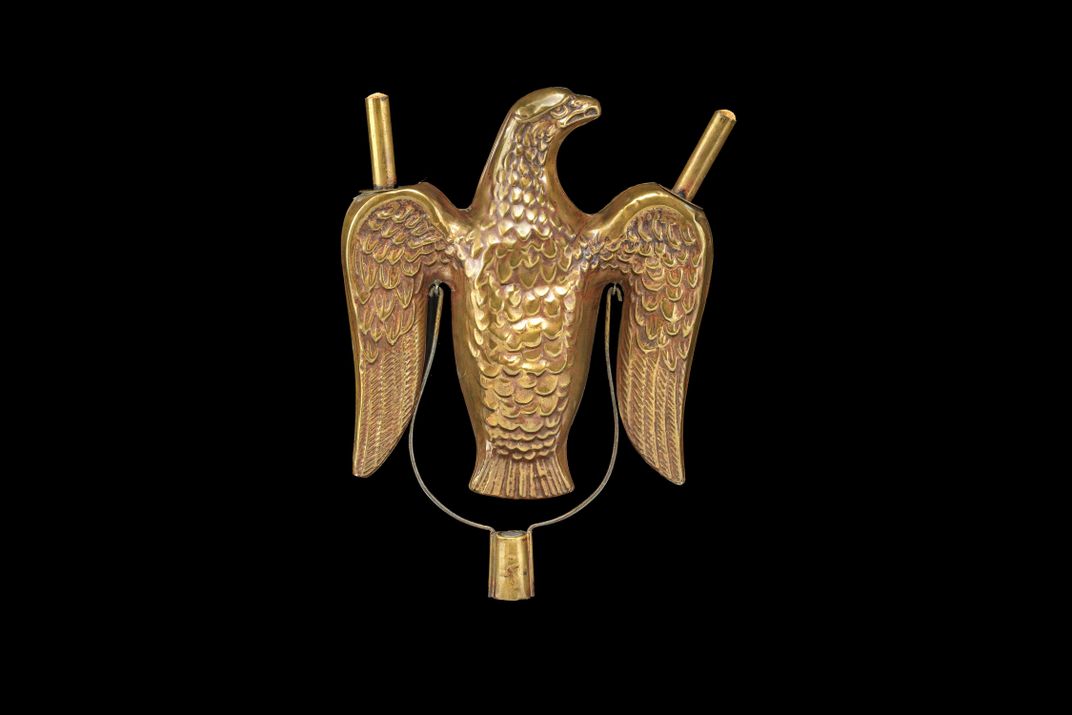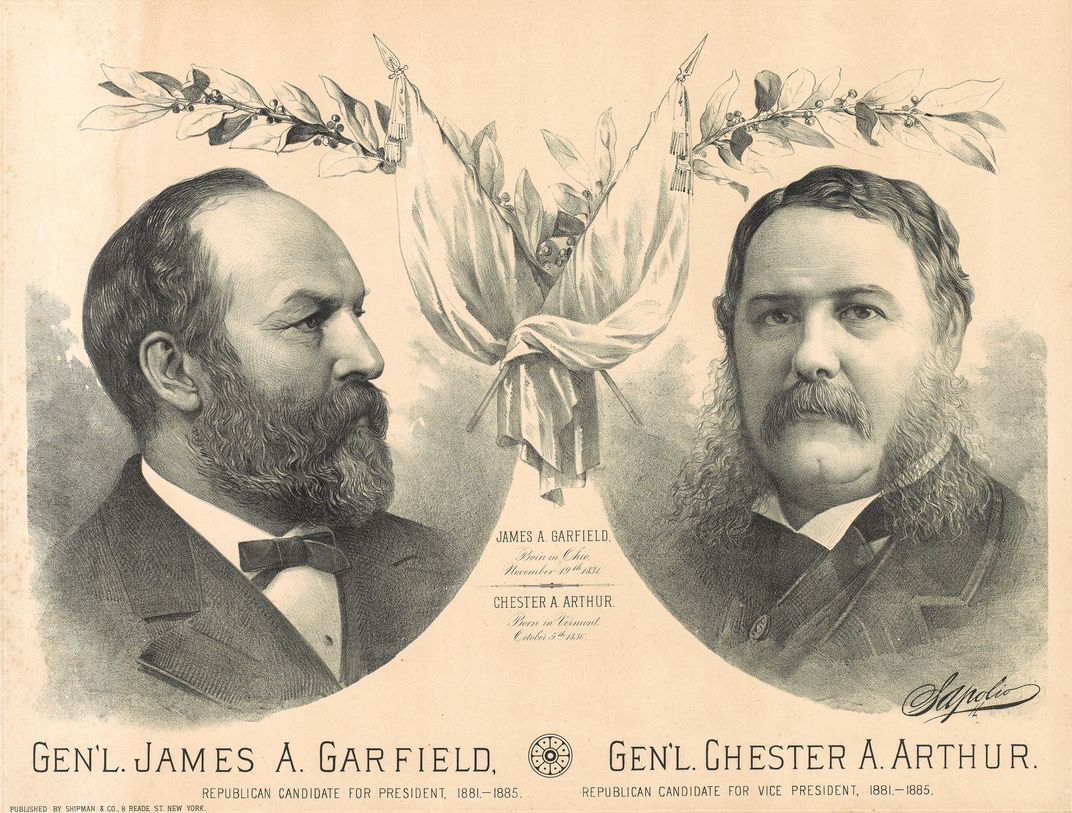When Young Americans Marched for Democracy Wearing Capes
In 1880, a new generation helped decide the closest popular vote in U.S. history
/https://tf-cmsv2-smithsonianmag-media.s3.amazonaws.com/filer/29/d6/29d61bb4-7f29-4423-b95c-7df79589af97/nov2020_d01_prologue.jpg)
Abraham Lincoln had called them “shrewd, wild boys.” A British correspondent writing for the London Daily News in the 1870s called them “unlike anything with which we are familiar.” In the second half of 19th century, running an American political campaign meant energizing young partisans to march at midnight, wearing capes and waving torches. Politicians on both sides hoped that such youth parades would demonstrate their party’s energy and popularity. Though many of these campaigners were too young to vote, they were often the toughest foot soldiers—and the most loyal future voters, in a system where few partisans ever switched sides. The sight of 30,000 of them pouring through New York’s Union Square during elections in the 1880s—or even a few hundred stomping down a small town’s Main Street—was a powerful and persuasive spectacle.
Gearing up for the 1880 presidential race, the parties gathered up tens of thousands of youths—Baptist farm boys, Irish immigrant factory hands, freed African Americans and young girls dressed as the Goddess of Liberty—and gave them their marching orders. “Night after night from now until the 1st of November our streets will be filled with the bearers of torches and banners,” the Philadelphia Inquirer reported. Youths in capes would decide the future of a noisy democracy.

One of those capes was worn by an unknown young Republican in 1880. Some late summer night, a boy or girl donned this red oil-cloth garment, tied the white pilgrim collar, lit a torch and went out marching. The slim dimensions of the cape make it likely that the wearer was in his or her early teens. Yet they showed up to sing partisan songs or holler nasty rhymes about the other side. These marchers lived under a Constitution much the same as ours, but they pursued political ends in ways that were dramatically different from today’s. The cape, then, is as much a fossil as any dinosaur bone: It is physical proof, hidden in our own past, of the forgotten possibilities for young people to shape, and reform, democracy.
Though uniformed young partisans marched in elections from 1860 through 1900, the 1880 race was particularly consequential. It would be the first presidential election since the end of Reconstruction in 1877, after which African American voters faced violent suppression by Southern Democrats and could no longer count on protections from the federal government. One New York Republican warned that 1880 “will decide, for many years, whether the country shall be Republican or Cossack.” The end of the Civil War era also left both parties scrambling to recruit young voters, who weren’t as invested as their parents in finger-pointing over the war. In 1880, Republicans and Democrats alike claimed to represent a fresh movement, the true party for young Americans. In the “struggle for a generation,” the Rocky Mountain News said, both sides bought up marching capes by the thousands.
In November, a 78 percent voter turnout helped decide the closest popular vote in U.S. history, in which James Garfield, the moderate Republican and former Union general from Ohio, narrowly defeated his rival, Winfield Scott Hancock. The youth in the red cape must have celebrated. Michael Campbell, an Irish immigrant factory worker who marched for the Democrats in New Haven, Connecticut, did not. According to his diary, he’d made a bet on the outcome with his factory foreman, and owed him a $1 silk necktie.

Young Americans of the era understood that democracy was a nasty game, deeply fraught for black voters, run by crooked machines in many places and often decided by chicanery. The youths who marched in 1880 would help revolutionize this system over the coming decades. William U’ren, a young blacksmith in Colorado, marched in 1880. He was incensed by the dirty tricks he saw and took a blacksmith’s approach to the problem, wondering, he later explained to the muckraking journalist Lincoln Steffens, “Why had we no tool makers for democracy?” Over the next few decades, U’ren worked with a national network of reformers to hammer out new tools, such as open primaries, referendums, the direct election of senators and women’s suffrage. By 1920, the new democracy they built would have been almost unrecognizable to the cape-wearing youngsters of 1880.
/https://tf-cmsv2-smithsonianmag-media.s3.amazonaws.com/accounts/headshot/JonGrinspan008V2_web_thumbnailcrop.png)
/https://tf-cmsv2-smithsonianmag-media.s3.amazonaws.com/accounts/headshot/JonGrinspan008V2_web_thumbnailcrop.png)